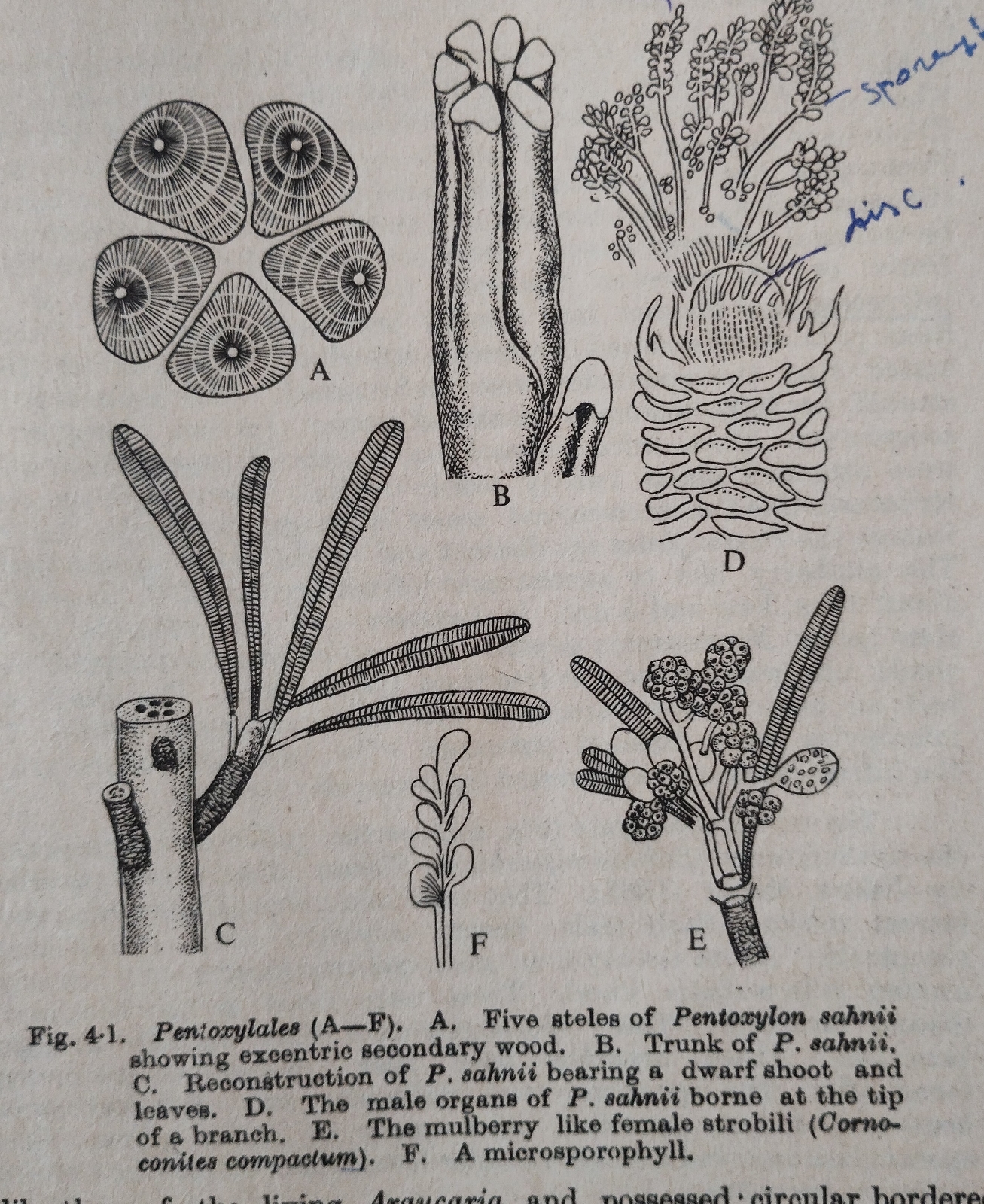Physiological adaptations in Bat
A few bats are heterotherm , because , they may act as poikilothermic during hibernation/ roosting ; or or at active state homeothermic . It maintains a few number of physiological adaptations which are as follows:
(1) Adaptations in circulatory system:
(i) Bat's heart is 3 times larger in size as compared to other terrestrial mammal of the same relative size , hence , it pumps more oxygen when in flight .
(ii)The heart rate in a microbat is about 1000 beats/min when active , but it may be reduced to minimum level during its hibernation time . It also increased at the onset of flight also.
(iii) It increases Hb concentration when active .
(iv) The venomotion is strong to maintain the flow of deoxygenated blood to the left auricle .
(v) Patagium membrane is extreamly thin , it's surface area is 85% of total body surface area and the subcutaneous blood vessels are very close to the surface to give extreme O² & CO² exchange facilities for the high energy demand during flight .
(2) Adaptations in respiratory system:
(i)The alveolar capillary membrane is very thin , alveolar surface area & pulmonary blood volume ,etc are vary high.
(ii) Highly vascularised patagium helps in gaseous exchange when active .
(iii) Bats increase their respiration rate at the onset of flight(3--9.6/sec) to maintain high energy demand.
(3) Adaptations in digestive system :
On the basis of feeding habit digestive enzymes also vary:
(i) Chitinase in insectivorous bats
(ii) Maltase is absent in blood eating bats.
(iv) Nectivorous and furgivorous bats have high amount of maltase and sucrase .
(4) Adaptations in Renal system :
(i) In carnivorous & blood eating bats renal corex is thin & renal papillae are long to excreate concentrated urine.
(ii) In furgivorous bats renal cortex turn thick and conical papillae turn short to retain electrolyte .
(5) Adaptations for echolocation :
(i) Larger bats use low frequency and smaller bats use high frequency for echolocation to detect prey.
(6) Adaptation for Thermoregulation :
(i) It can loose body heat when patagium is extented (due to high number of blood vessels )
(ii)Small sized nat consume more food to maintain homoeothermy.
(iii) A bat use it's saliva to be cool during extreme heat , in addition a megabat does wing -fanning also .
(iv) A bat reduces 99.6% of it's body temp., i.e. virtually to ambient level , during hibernation and torpor also .
(7)Adaptation in metabolism rate:
A bat reduces the metabolism rate to extreme low level during hibernation time .



Comments
Post a Comment